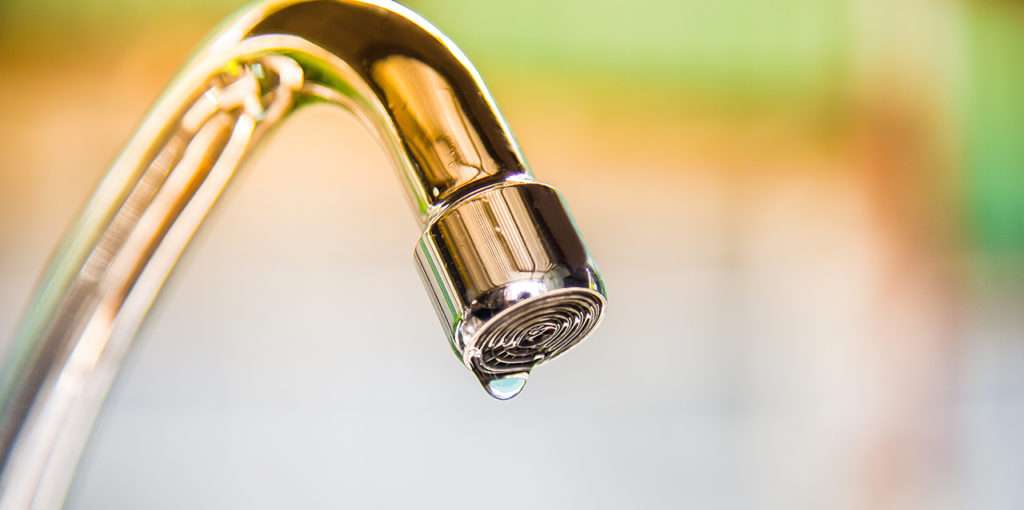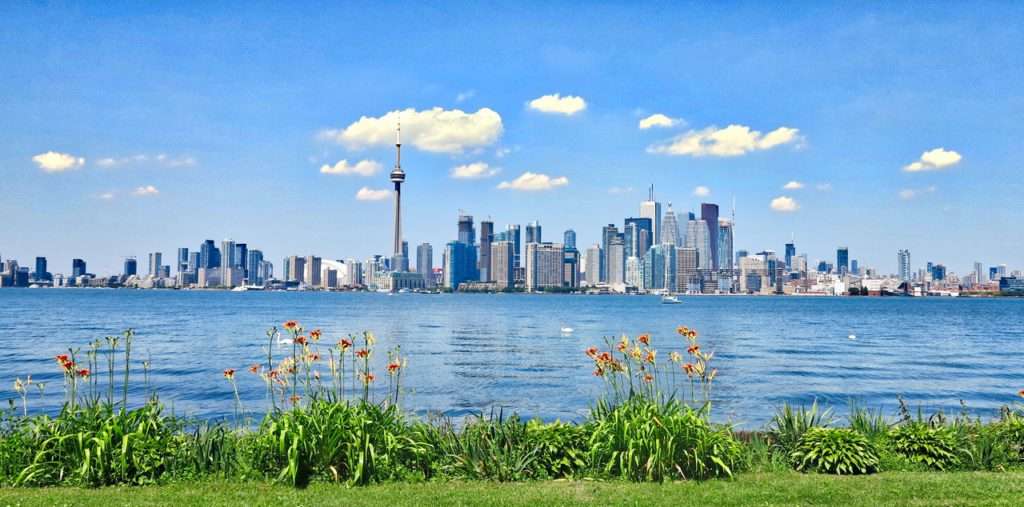
Leakage is a sustained water flow over a long period of time that has no operational function or usage. A leak can be very apparent as it can be almost invisible (if it is located behind a wall) or unnoticeable (if it is in a part of a building nobody uses, or people notice the leakage without notifying the building maintenance).
At least 1 in 3 buildings currently have an expensive leak, according to Shayp, a Belgian company specialized in water efficiency, water monitoring, and leak detection. Last year, Shayp saved 500 million liters of water.
Causes of water leakages
A water leak can originate from:
- burst pipes due to freezing;
- malfunctioning systems (for instance water softeners or heating and cooling systems);
- corrosion due to poor design (dual-flush toilets common in the UK);
- etc.
A wide variety of factors can trigger water loss. The campaign group Waterwise has estimated that a single leaking toilet wastes around 215 to 400 liters of water per day in the United Kingdom. They also predict that between 5% and 8% of all toilets in the UK are leaky. Shayp estimates that 18% of water is wasted in a building.
Multiple factors can contribute to the worsening of a leak:
-
Environment
If leakage occurs in an empty building, consequences can be disastrous. If the building is maintained often (especially if the cleaning and maintenance staff are aware of the possibility of leakages) then water loss is less likely to happen and if it happens, it will be detected quickly.
-
Structure
The more complex the structure of a building is, the more challenging it will be to find a leak. Water harvesting systems and multiple junctions also increase the complexity of a building structure, making leak detection harder.
-
Age
The age of a building can complicate leak detection since older buildings often have unoccupied areas.
-
History
If a building has had water damage incidents, it is more likely to have others in the future.
-
Type
The buildings usually affected by persisting leaks tend to be commercial buildings and residential buildings. Public buildings like schools and hospitals are also more likely to use more water than houses and offices.
These factors that contribute to the severity of leakages have been known for a long time by the insurance industry as they can be responsible for water damage.
Water Leaks in Buildings
Water consumption depends on the purpose of a building. The Centre Régional d’Eco-énergétique d’Aquitaine (Aquitaine Regional Eco-Energy Center) estimates that the consumption of drinking water in an office building employing 100 people was equivalent to 980m3/year in 2009.
This level of consumption comes mainly from sanitary appliances and interior cleaning (42/l/d/employee amounting to 898m3/year). Water use varies depending on the service provided by the tertiary building. For instance, hospitals and clinics use 300 liters/bed/day, schools 20 liters/pupil/day, nursing homes 100 to 250 liters/bed/day and campsites 140 to 200 liters/day/person.
In 2016, the largest water consumers in the Belgian tertiary sector were hotel and catering industries (19.2%), activities related to human health, social work, and assisted living (16.5%), wholesale and retail stores (12.3%), as well as the field of education (9.2%).
The most water-intensive functions are:
- sanitary appliances (toilets, urinals, sinks, showers);
- catering (cooking, washing up);
- laundry;
- air conditioning;
- heating and cooling systems;
- and swimming pools.
Consequences of leakages
A high water bill can have social consequences as some people cannot afford a sudden bill rise. In 2019, half a million Californians did not have access to water due to unpaid bills. A study conducted by the Guardian on 12 US cities showed that, amid Covid-19, water prices had risen and that many households hadn’t been able to afford the increase.
The study pointed out the magnitude of America’s water affordability crisis, which is deepening inequalities in low-income communities. In Austin, Texas, water bills increased 154% between 2010 and 2018. If prices keep rising at the current rate, four-fifths of low-income residents will not be able to afford water.
The regulatory impact of water losses is another issue often ignored when it should be the first step towards water efficiency. Indeed, if the government were to ask people to cut their consumption, their efforts would be wasted in the event of a leak.
For instance, a family of 2 reducing their water consumption in half, saves hundreds of liters of water a day. But if a leak of 100L/hour was going unnoticed (2400L/day), its efforts would be useless. In effect, a leak of 2400L/day would waste the efforts of 24 families every day! This makes the reduction of water consumption senseless in the event of a leak. In addition to individual efforts, cuts in consumption from the agricultural industry would also be wasted since the sector is also affected by water regulations.
Water efficiency in buildings
The first step towards water efficiency is therefore controlling water, which, if done correctly, will already produce significant savings. Shayp has led the way to improve water efficiency in buildings by first controlling water loss in buildings, leading to a 22% reduction on average.
In short, while reducing our consumption is essential, people’s efforts will not matter without better water management, especially since buildings consume 70% of distributed water. If you would like to evaluate the impact of your real estate assets, reduce water usage and improve the environmental impact of your organizations, contact the experts at Shayp.

